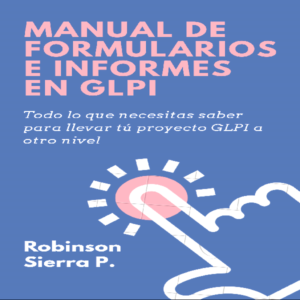n excellent textbook established at several universities. Primarily written for students at technical universities, it is also a very useful handbook for engineers, PhD students and scientists. Now available in several forms at all continents. The second volume introduces the reader into various root finding methods as well as into methods for solving linear equation systems and series of such systems, along with the minimisation of computation time, the minimisation of the required memory and selective computation of only required unknowns. These methods are important because there are many problems in engineering practice and science that cannot be solved without them. Some root finding methods and methods for solving linear equation systems are already implemented in calculators and standard program libraries, providing their instant use. However, the use of the described methods gives an opportunity to the reader to take full control over computation, and apply the method which is most suitable for solving his problem. This approach can make numerical algorithms more powerful and faster than they used to be. The book is divided into four chapters. In the first chapter, the two classes of general iterative root finding methods, i.e. open root-finding methods and bracketing root-finding methods, are briefly explained. These methods can be used for finding roots of nonlinear equations as well as solutions of nonlinear equation systems. In the second chapter, various standard methods for solving linear equation systems, inversion of matrices and calculation of determinants are described. There is also the memory sparing sequential substitution method (SS), which is the background for the sequential elimination method (SEM) (described in the third chapter) and the improved sequential substitution method (ISS) (described in the fourth chapter). These memory sparing methods are direct methods for solving linear equation systems that use much less memory than the standard methods, and sometimes even less memory than iterative methods. The SEM is further optimised for solving linear equation systems with populated system matrix while the ISS is a more general method optimised for solving linear equation systems with sparse system matrix as well as series of linear equation systems. There is also the possibility to calculate only the selected unknowns, and in that way to remarkably reduce the number of numerical operations and the amount of used computer memory. Practical application of the described methods is supported by 37 examples, 23 flowcharts, 51 algorithms and several computer programs written in Fortran and C that can be immediately implemented for any application. In addition to its practical usage, the given text with 46 figures and 20 tables, partially in colour, represents a valuable background for understanding, using, developing and applying various numerical methods. Author: Boris Obsieger, D.Sc., professor at the University of Rijeka, Croatia. Head of Section for Machine Elements at the Faculty of Engineering in Rijeka. Holds lectures on Machine Elements Design, Robot Elements Design, Numerical Methods in Design and Boundary Element Method. Several invited lectures. President of CADAM Conferences. Main editor of international journal Advanced Engineering. Author of several books and a lot of scientific papers.
Numerical methods ii – roots and equation systems
Sobre
Talvez você seja redirecionado para outro site











